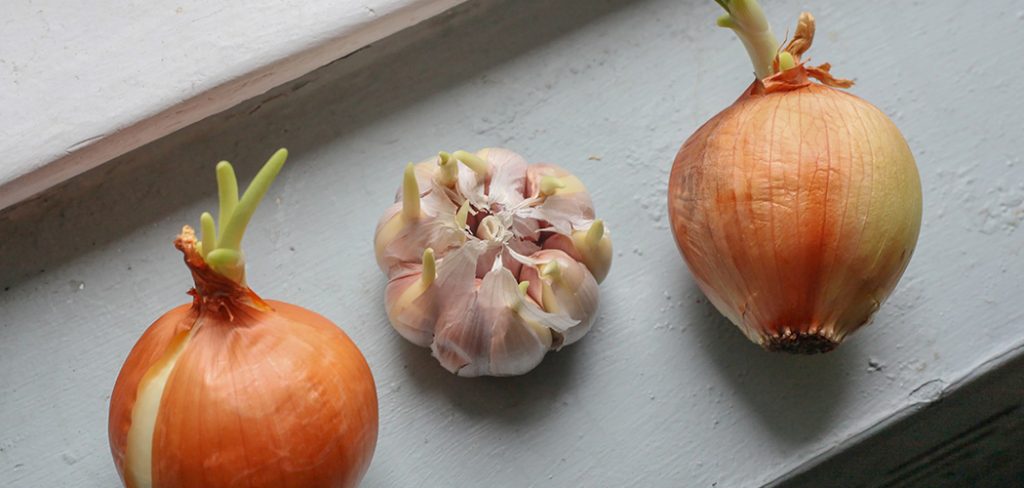Pothos are common house plants that grow up to certain lengths, and are highly favored because they are generally easy to care for. Pothos plants grow long wavy branches, with large, heart-shaped leaves sticking out. Despite having a small pot, the plant can still continue growing to lengths that can drop down and hang from the pot itself. Pothos plants can grow in different types of environments, and can survive even with indirect light. They can also grow in rooms or offices. In order to properly care for pothos plants, it is also important to know how to prune pothos.
Like all plants, pruning is an important step that you must take at certain points in time to help maintain a strong and healthy plant. Pruning a pothos plant requires looking at the lengths of each stem, and knowing the desired length you’d want in your photos plant. Pruning is also necessary if you’re going for a bushy pothos plant look.
If pruning sounds like a daunting task, worry not! Our guide on how to prune pothos and how to give it proper care is here to help. Read on!
Steps to Pothos Care
Certain steps are involved in taking care of a pothos plant. Like any other living creature, plants also need certain levels of care; in order to grow at a healthy pace in any environment they need things like water, light, and heat. Thus, it is important to know the steps to pothos care.
1. Pick the right pot and soil for your pothos plant
In growing a pothos plant, the first step would be knowing which soil to choose. For pothos plants, they grow best in soil that drains water well, and a pot that also promotes proper water-drainage. This is to avoid having roots that are soggy, since having soggy roots can be detrimental to the pothos plant.
2. Set it up in high places to give it space to grow
Pothos plants are known to grow lengths of stems and leaves. Because of this, it is best to place a pothos plant on high surfaces, or hang them from the ceiling. This gives the plant more room to grow, and also improves the aesthetic and look of both the plant and the room.
3. Grow the plant indoors without direct light and exposure from sunlight
The type of light that a pothos plant prefers is one where there is no direct sunlight. Having too much exposure to sunlight can lead to a discoloring of the leaves, since they eventually turn pale. Pothos can grow well in low-lighting conditions, so worrying about sunlight exposure with these plants is not something you need to do.
Propagating pothos in soil
Propagating plants can be a new way of adding extra income on the side, while still taking care of your plants. Even without the need for income, propagating is still very useful since it allows you to grow new plants based on the plantlets generated from the original plant. You can do propagating in a lot of ways, since it does not require any complicated mix of skills or tools. All you would need for propagating pothos in soil is sharp shears or scissors, and knowledge of where to cut and plant the plantlets.
For pothos plant, you can start propagating them when you notice that they have become overgrown with a lot stems and leaves; or more than you’d like them to have grown. The easiest method to use in propagating pothos is by cutting the vines off of the plant. Of course, cutting these plants requires that you also know the length of the plant that you want. It really depends on your preferences. Once you’ve decided the length, you can start by cutting the stem to the desired length. Then, proceed by separating the leaves on the cut stem from the stem itself.
After cutting the stems of the pothos, place them in a large glass of water. This allows the roots below the stems to grow for better replanting. After being submerged for a few days, check whether roots have started to grow below the stem. If they reach about two to three inches, then you can replant these stems in new pots. This allows them to grow into new pothos.
Potting pothos cuttings in soil
Choosing the right soil for the right plant can also be a difficult task. Learning about the preferences of a pothos plant in terms of soil doesn’t have to be complicated. All you need to do is learn the types of environment it needs, and the amount of water that it should have in order for it to grow.
For potting pothos cutings in soil, you would need potting soil that is peat-based. This means that there are partially decomposed moss plants which are harvested from peat bogs. Peat moss is ideal for pothos plants. With this type of soil, the water that it doesn’t need will drain quickly, thereby preventing it from being soaked in too much water.
This soil should also be placed in a proper container fit for a pothos plant. The pot should be about 10 inches in depth, which provides enough space for the plant to grow. Repotting a pothos plant isn’t always necessary, since it can survive in the space of a pot with the right depth.
Conclusion
Hope our guide on how to prune pothos helped you. Pothos plants are one of the most common plants used in households because of their long stems and aesthetics that are pleasing to the eye. They have heart-shaped leaves that are lush green, and long stems that can grow to great heights when placed in high ceilings or shelves.
Taking care of a pothos plant is not as complicated as it may seem, since it is a relatively low-maintenance plant. Picking the right soil and picking the right pot is also not as complicated as compared to other plants, since pothos plants can grow in pots for long periods without changing its size.
Learning how to prune pothos is also very important in maintaining the look of the pothos plant, since the growth rate this plant exhibits can quickly become unruly. Pruning is also very easy to do, and only requires sharp scissors and the determination of the length you want your pothos to be.

